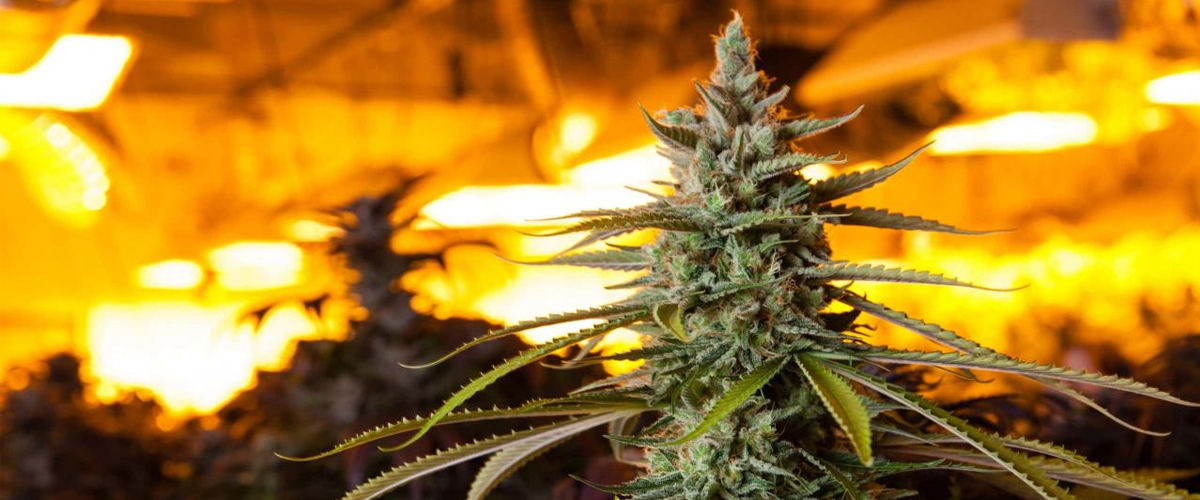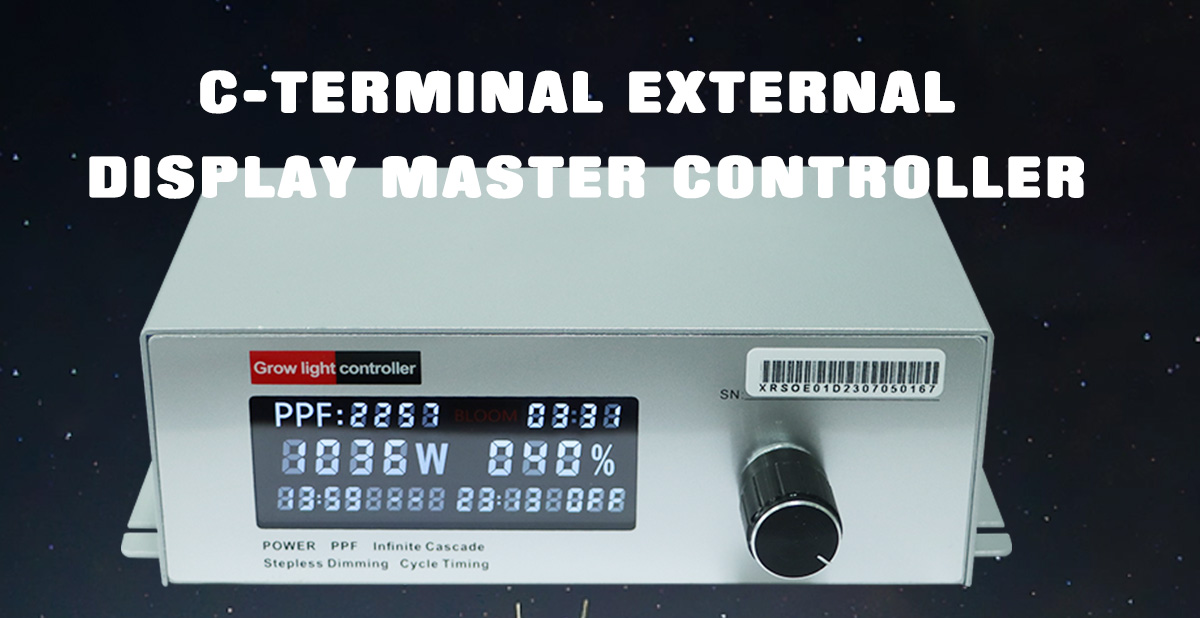how does light affect plant growth?Plants rely on light for photosynthesis, which is the process by which they convert light energy into chemical energy. However, it's important to note that the optimal light intensity varies depending on the plant species, and providing the appropriate light intensity is crucial for ensuring efficient photosynthesis.
Importance of Light Intensity:
Plants convert light energy into chemical energy through photosynthesis, which is the basis for their growth and development. Light intensity directly affects the efficiency of photosynthesis. Too strong or too weak light is not conducive to the healthy growth of plants. For example, weak light may cause plant stems to become slender and reduce chlorophyll content; while excessive light may cause damage to leaves and affect the photosynthetic efficiency of plants.
Growth Rate: Insufficient light intensity can result in slow or stunted plant growth.
Morphological Development: Adequate light intensity promotes balanced plant development and helps prevent elongation or legginess.
Quality of Yield: Light intensity, particularly for crops that produce fruits or flowers, affects their size, color, and flavor.

The Control of Light Intensity:
To ensure that plants receive optimal light conditions for growth, the use of lighting controllers is an ideal solution. In indoor cultivation environments, lighting controllers allow precise control of light intensity, thereby promoting healthy plant growth.
Key Features of the VQ-MVE1B1C External Display Controller:
The VQ-MVE1B1C External Display Controller is an excellent choice for controlling light intensity. It offers user-friendly operation and features infinite cascading and a dimming range of 0-100%, enabling precise control of light intensity.
0-100% Dimming: Enables precise control of light intensity to meet the specific needs of plants at different growth stages.
High-Resolution Display: Provides a clear interface for easy operation.
Individual Timing Setting: Allows customization of lighting schedules based on plant requirements.
Adjustable Total Dimming Power: Ensures the provision of suitable light intensity.
Infinite Cascading Capability: Offers flexibility for scaling the lighting system based on the size of the cultivation setup.

Light intensity plays a vital role in plant growth. Utilizing a high-quality lighting controller like the VQ-MVE1B1C External Display Controller can effectively optimize the plant's growth environment. By choosing an appropriate lighting controller, you can help your plants thrive while enhancing your cultivation experience. Contact us now to select the best growth environment for your plants!























